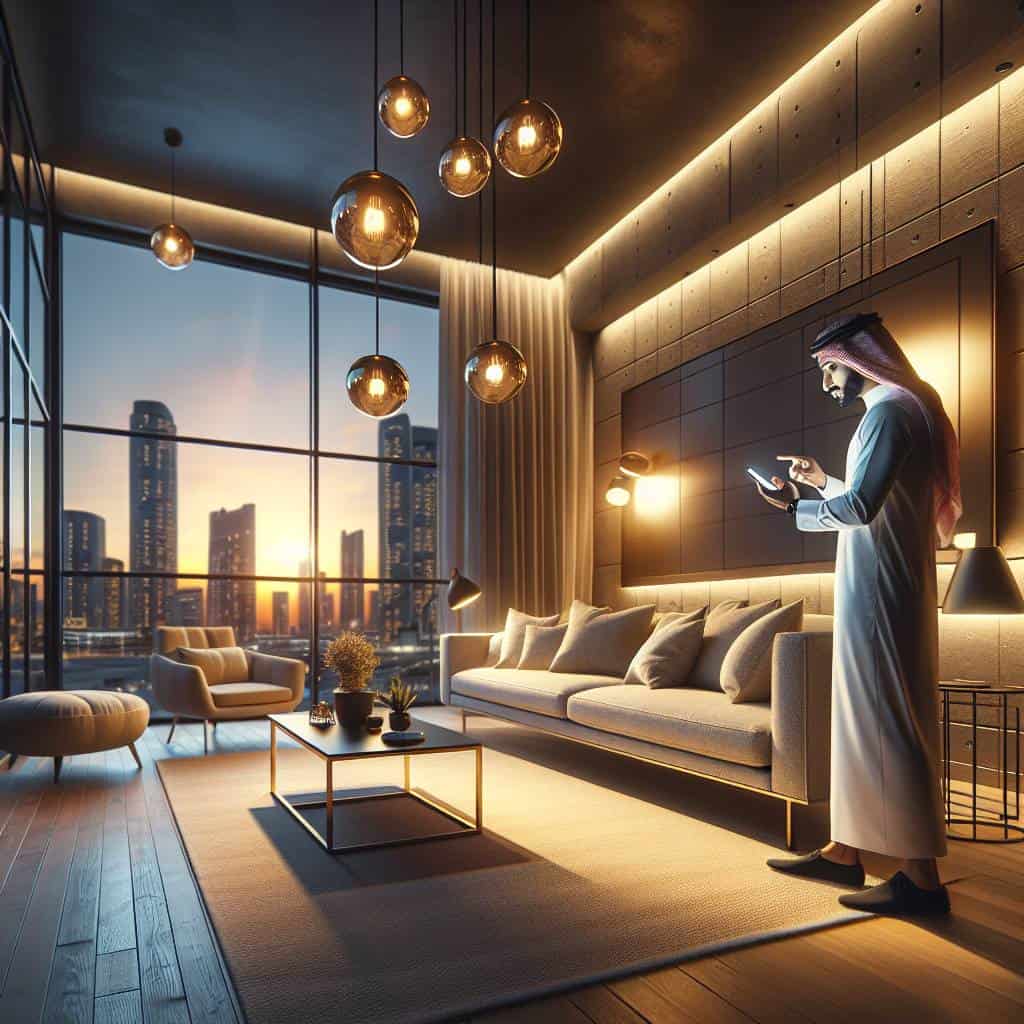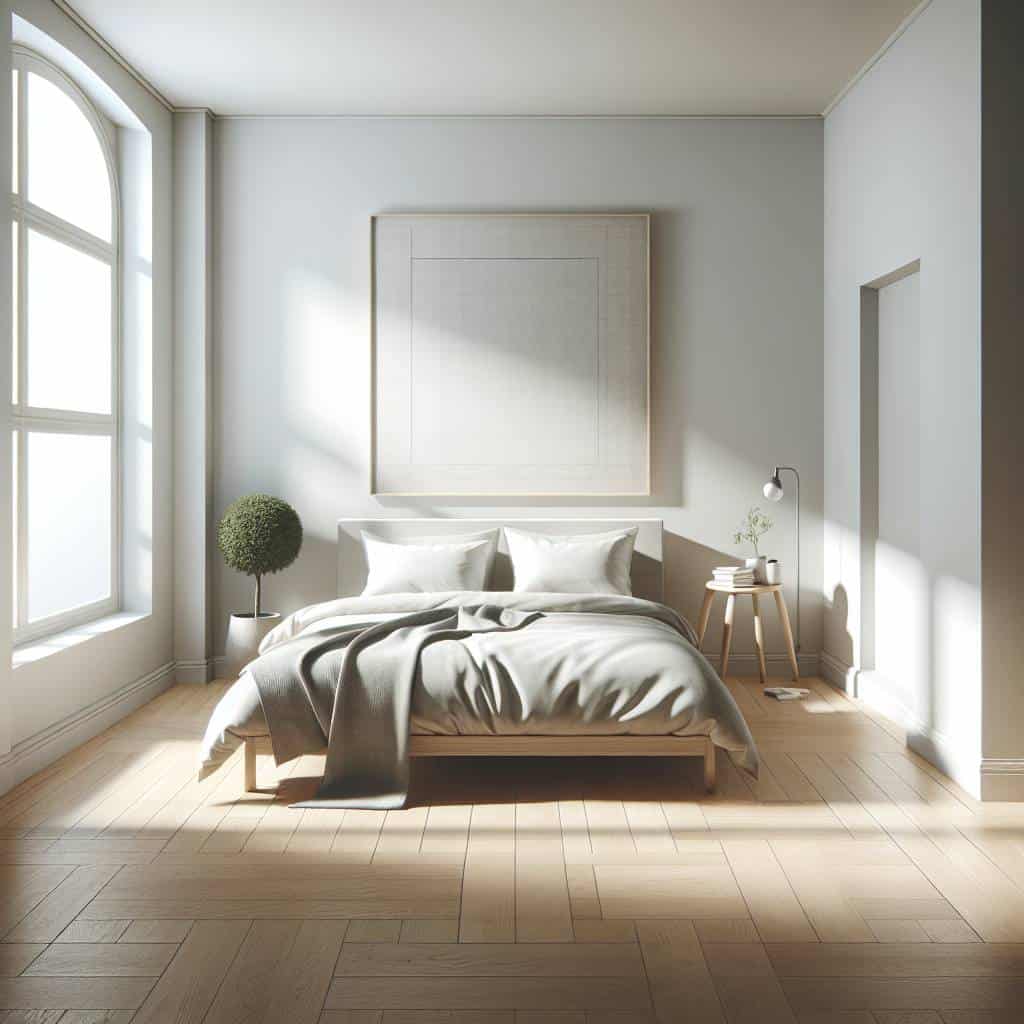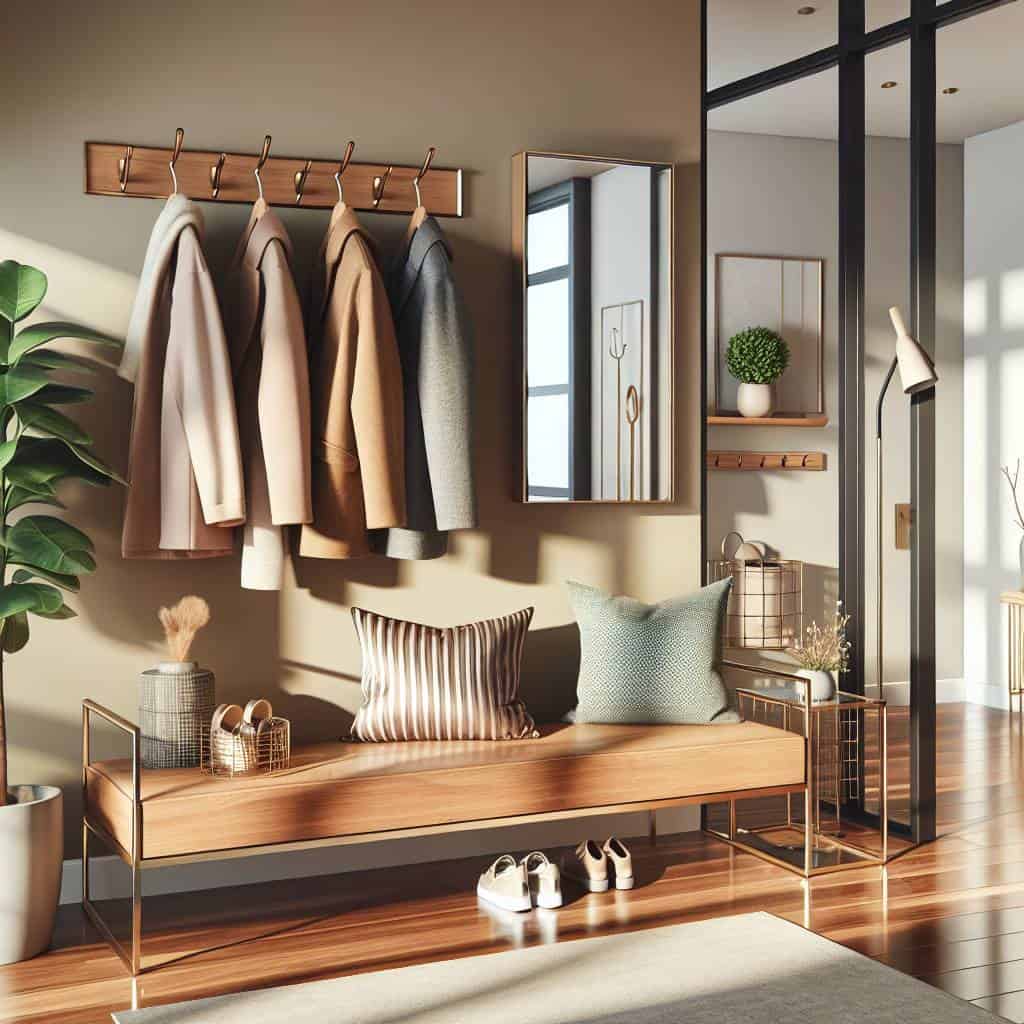I remember the first time I set up my smart lights. I felt like a tech-savvy wizard about to command the elements. Spoiler: I ended up sitting in the dark, squinting at my phone like it held the secrets of the universe. Because, of course, the app decided to update just as I was about to impress my dinner guests with the perfect dimmed ambiance. So there I was, making small talk in the glow of my old-school, reliable candles, while my supposedly intelligent bulbs sulked in silence. It’s funny how technology is supposed to make life easier, yet here I am, wrestling with lightbulbs that seem to have a mind of their own.

But hey, let’s not throw the baby out with the bathwater. Once you break through the initial chaos, there’s a world of convenience waiting on the other side. In this article, we’ll dive into the good stuff—like how to actually get those dimmable settings to feel like a sunset and not a strobe light. We’ll explore the art of scheduling your lights to match your moods, and yes, even the thrill of controlling everything from an app. So, if you’re ready to stop living in the dark ages (literally), let’s explore the bright, albeit sometimes glitchy, future of smart lighting.
Table of Contents
Why My Light Bulbs Have Better Social Lives Than I Do
So here I am, sitting in the dim glow of my “smart” living room, sipping lukewarm coffee while contemplating the social hierarchy of my household. Spoiler alert: the light bulbs are winning. These aren’t your grandma’s bulbs—no, these are social butterflies with dimmable personalities that change on a whim, syncing with the rhythm of my non-existent party life. They mingle through apps, effortlessly morphing from “Netflix and chill” mode to “Dinner party extravaganza” at the tap of a screen. Meanwhile, I’m here trying to remember what human interaction feels like.
And let’s talk schedules. My light bulbs have a more active calendar than I do. They wake up at dawn to gently illuminate my morning misery and wind down at dusk, casting a cozy glow over my solo dinners. All orchestrated by an app that knows more about my habits than my best friend. It’s like having a personal assistant who doesn’t complain—just silently shifts the ambiance to suit the mood I should be having. I, on the other hand, am lucky if I remember to feed the cat. But hey, at least the bulbs are living their best automated lives, right?
The Bright Side of Controlled Chaos
So here I am, living in a world where my lightbulbs have evolved from simple glass orbs to judgmental little spies that know my daily rhythms better than I do. It’s a strange dance of dimmable companionship and scheduled solitude. The app on my phone has become an extension of myself, a digital tether to my personal ecosystem of luminescence. Funny how control can feel like both freedom and confinement, wrapped in a circuit board of convenience.
But maybe, just maybe, there’s beauty in this controlled chaos. A reminder that even in our quest for simplicity, life insists on complexity. The lightbulbs might not understand the poetry hidden in their glow, but I do. They’ve taught me that even the most mundane aspects of life can illuminate truths about ourselves—truths we didn’t ask for, but somehow needed. And perhaps that’s the real power of smart lighting: not in its ability to mimic the sun, but in how it mirrors our own flickering humanity.


